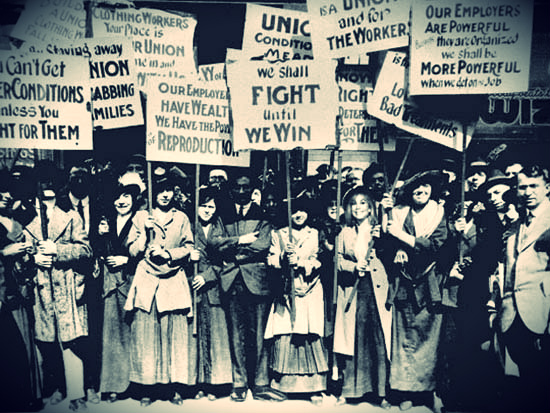March 8 is now universally marked as International Women’s Day, a cross the world. But what is not commonly known is that, the origins of this day can be found in working class women’s struggle as socialist activists. And even less known is that it signalled the beginning of the first phase of the most significant revolution last century: The Russian Revolution.
It started as a National Women’s Day in 1909, in the United States of America. The Socialist Party of America called on women to observe that day across the country with mass activities, in honour of the historic strike action of the International Ladies’ Garment Workers’ Union, the preceding year.
In 1909, the Socialist International held its general meeting in Copenhagen, Denmark. An International Women’s Conference was organised there on August 26-27, just before the general meeting. One hundred women were present, from seventeen countries.
As radical socialists, the women discussed several issues of concern to women in general and working class women in particular. These included: access to education, public health and social policy. The topic which generated the most intensive discussions, however, was women suffrage. That is the demand then for women to have the right to vote.
The delegates at this meeting were inspired by the success of the National Women’s Day in America, the year before, and how May Day as International Workers’ Day had helped to popularise issues of concern for workers, female and male. They thus resolved to choose a day which would be International Women’s Day, on which women in different countries would march, to promote their demand for the right to vote, and other issues of concern to women.
No specific date was chosen at the Conference. After consultations between women leaders of different socialist parties across Europe, at the beginning of 1911, March 19 of that year was chosen. The first IWD was a huge success. Over one million people marched in about five countries across Europe.
Six years later, on March 8, 1917, the IWD became the gateway to revolution from below in Russia. At that time, World War I had lasted for almost four years. There was hardship in Russia, food was being rationed as a result of the war.
Working class women in commemoration of the International Women’s Day went on strike, demanding “bread and peace” and the downfall of the emperor of Russia, known as the Czar! The women’s IWD strike emboldened millions of workers, including the men. Mass anger burst out and the emperor was overthrown.
It was in 1977 that the United Nations recognised this day and urged all member-states to henceforth celebrate it as International Women’s Day. This universal recognition is good. But, is not value-free. IWD is not about the corporations who work behind the scenes to control its celebration in the interest of the bosses, as something not disruptive of the capitalist system.
But we must never forget that, IWD emerged as and from the heat of defiance, by working class women, with a socialist agenda for the revolutionary transformation of society. Working class women and men united cannot be defeated!
– Baba Aye









